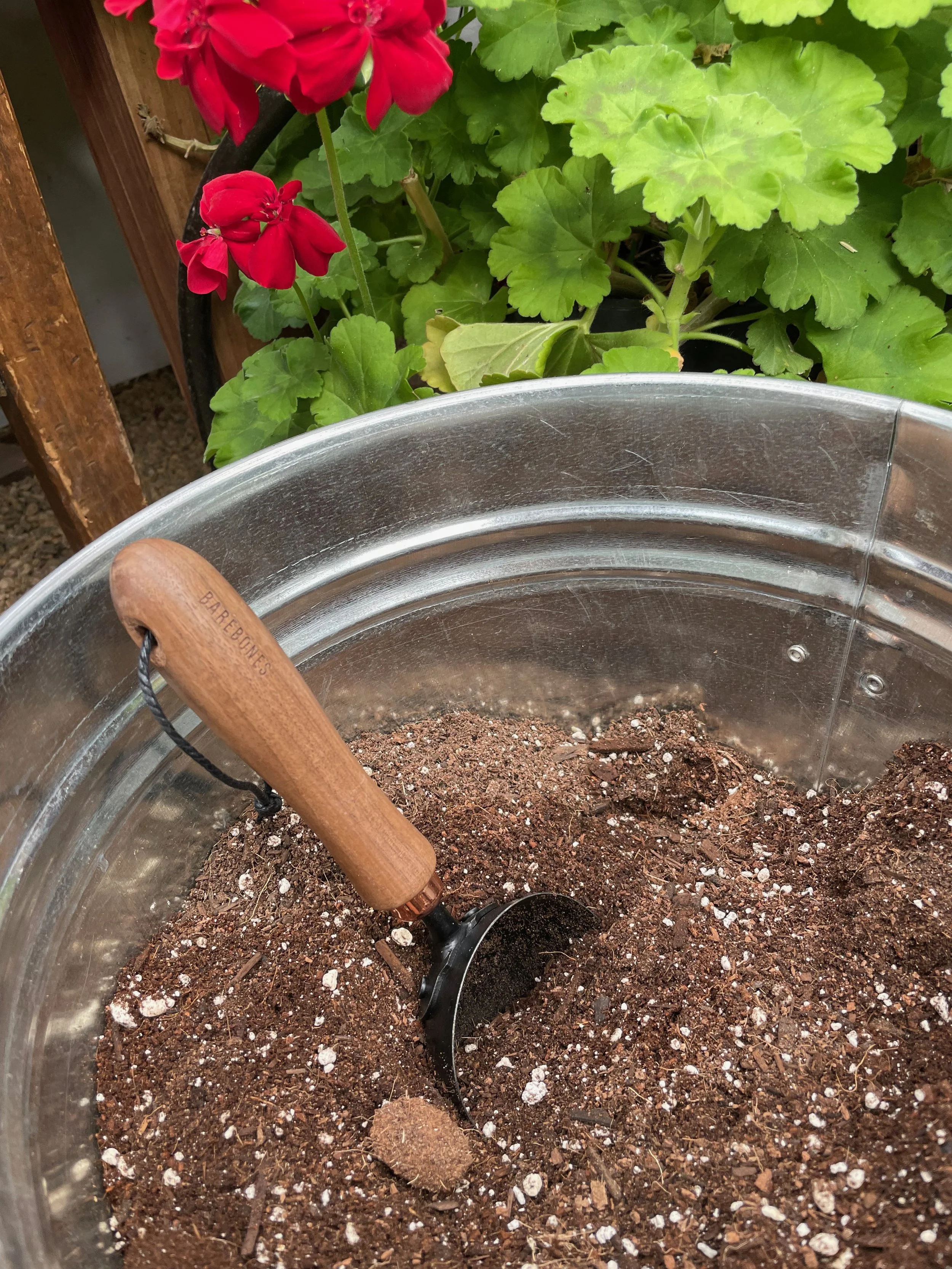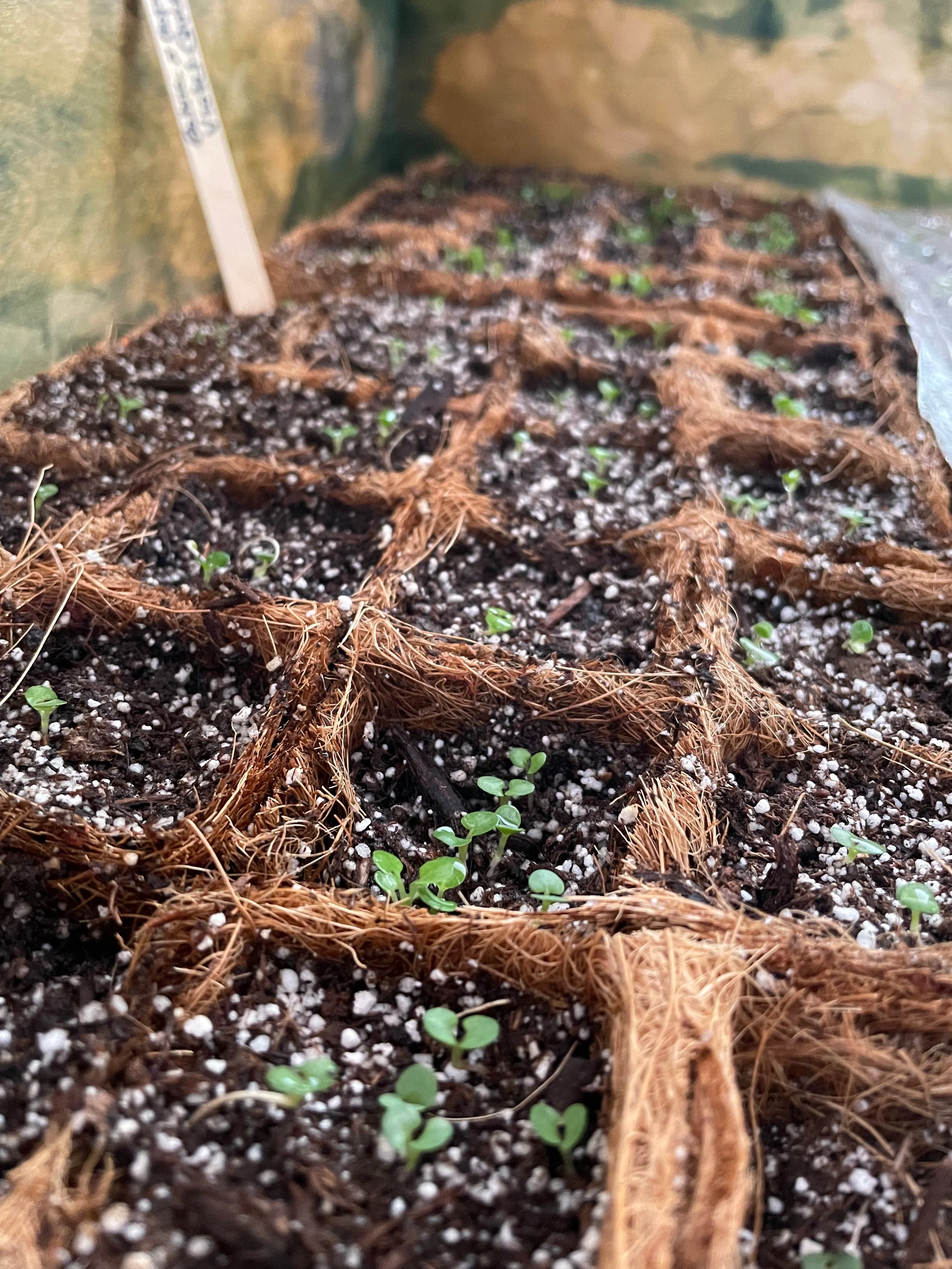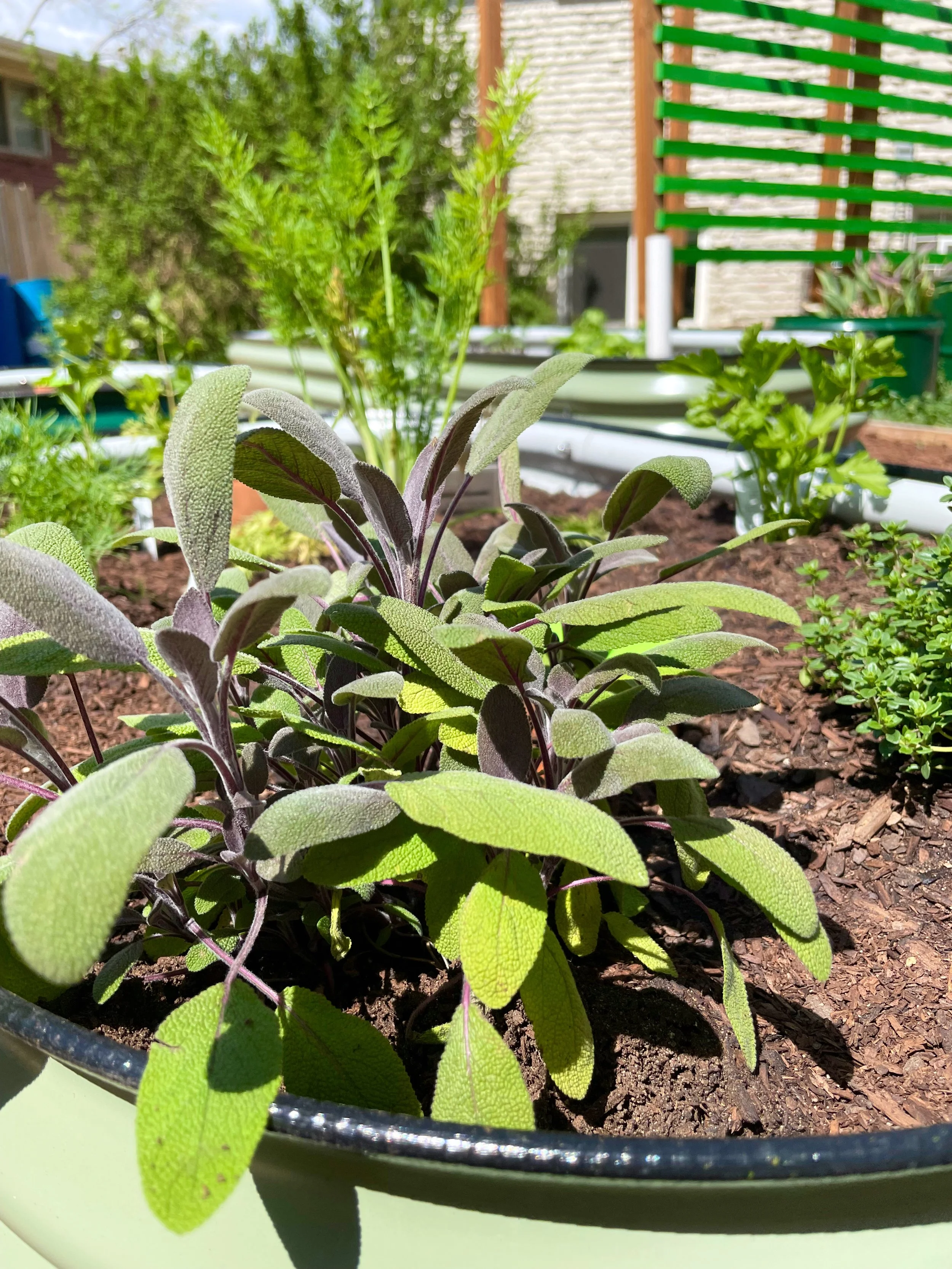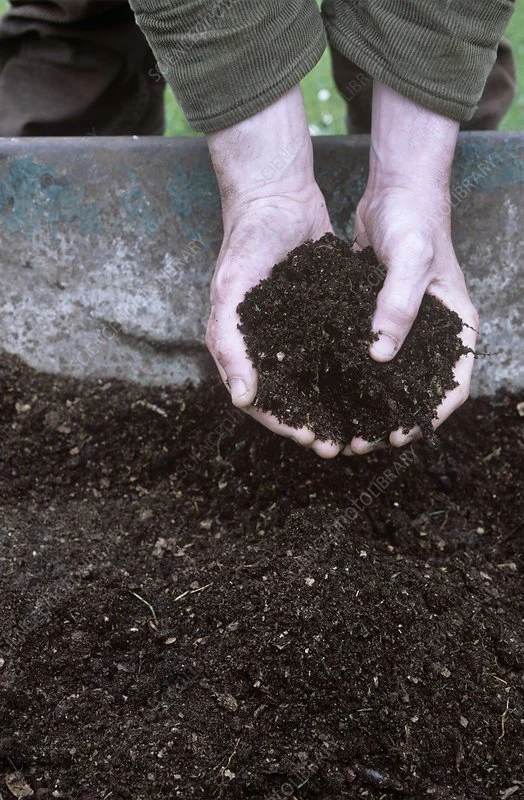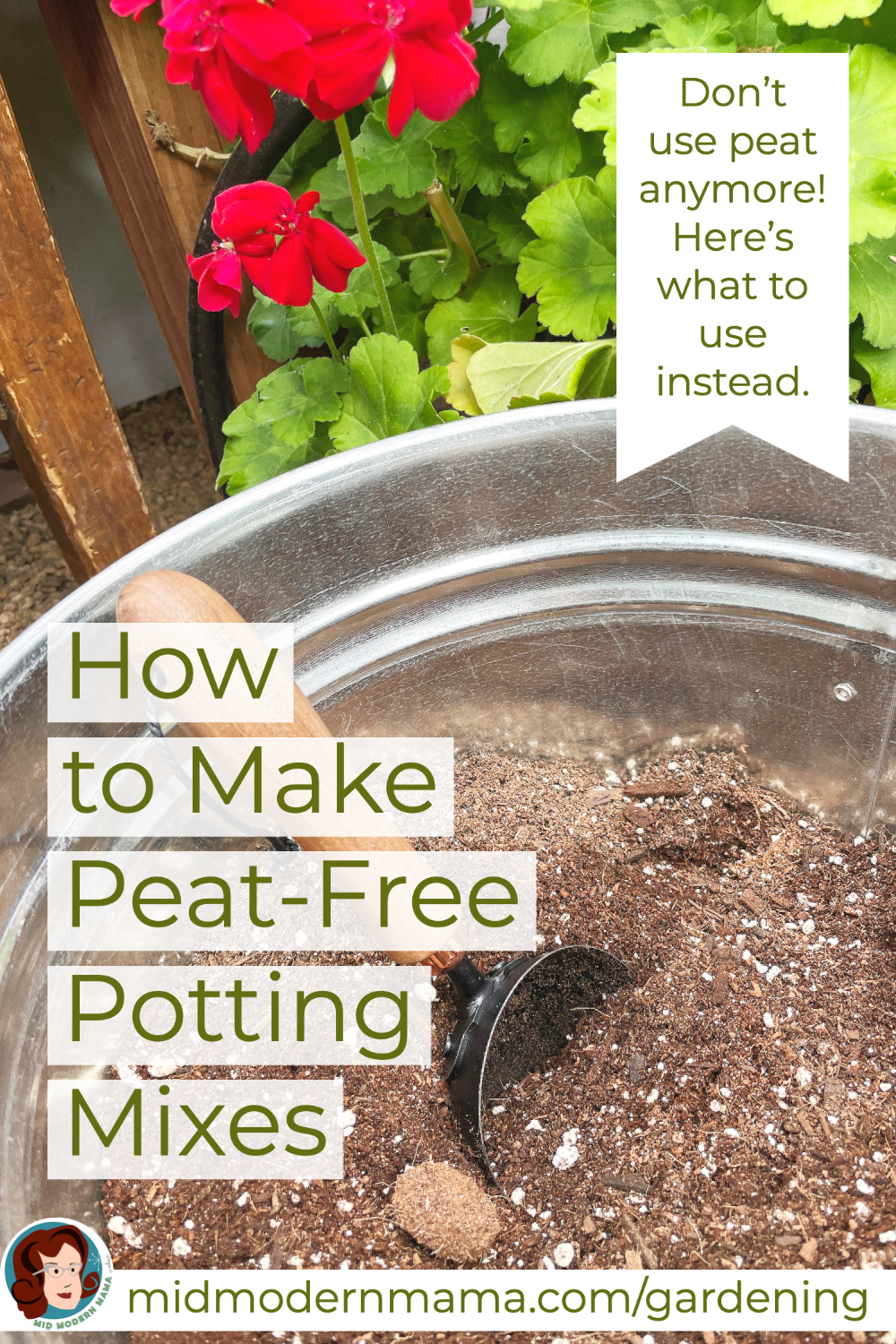How to Make Peat-Free Potting Mix
Easy DIY Potting Mixes for Potted Plants and More
Everything you see here was grown without peat. My whole garden is peat-free with the exception of commercially-grown plants — and I try to find plants from growers who are peat-free, too.
Going peat-free is one of the most impactful things we can do as gardeners to be better stewards of the earth and our resources. The lack of peat-free potting mixes at the garden center can be discouraging, but I see it as an opportunity to make my own which, frankly, has yielded far better results over the last few years. With a few basic components kept at hand, you can make great mixes for your plants, too!
Peat-Free Mix for Potted Plants and Ornamentals
This is my go-to mix. Frankly it will work for almost anything except starting seeds. I add an extra scoop of coco coir for pots of tropicals.
1 part coco coir (or a mix of coco coir and leaf mold)
1 part compost
1 part top soil (or soil from your garden)
1 part perlite
1 scoop mycorrhizae
This is my standard peat-free mix. It works especially well for pots and ornamentals.
Peat-Free Mix For seed starting
Seeds don't need nutrition at first. They need a light, airy mix with lots of room for tiny roots. I use this for soil blocking, and the compost helps hold it all together. Get the coco coir wet before making the mix if you will be soil blocking.
1 part compost
2 parts coco coir (or 1 part coco coir and 1 part leaf mold)
1 part perlite
½ part greensand (optional as it can be harder to find)
1 scoop mycorrhizae
Even starting seeds can be done in a peat-free mix.
Peat-Free Mix For raised beds, Vegetables, & Fruits
2 parts compost
2 parts coco coir (or 1 part coco coir and 1 part leaf mold)
1 part perlite
1 scoop mycorrhizae
1 part rotted manure
I adjust these proportions slightly depending on what I am planting. For example, if I'm potting up a tropical plant like my elephant ears, I'll put in an extra scoop of coco coir to increase the moisture-holding capacity. And with all of these mixes, I feed my plants regularly with a liquid seaweed feed or tomato feed.
My vegetables and herbs thrive every year in a peat-free mix using lots of coco coir.
What is leaf mold and where do I get it?
Leaf mold is a stage of the decomposition process for deciduous leaves. When leaves break down alone — without other composting materials — they form a dark, crumbly mix which is fabulous in the garden for a lot of reasons. And if you have trees, leaf mold is free! Here’s my whole guide for how to make it:
Where can I find coco coir and perlite?
I am able to get all of the components of my peat-free mixes locally. My local hydroponics store is a great source for coco coir, and I can usually find perlite at my local gardening center.
What kind of compost do you use?
If possible, I recommend using composted food waste. The biggest reason: it tends to be free of weed-seeds unlike most compost available at a garden center. Most weed seeds require a high temperature to kill them, and many compost processors don't achieve these high temperatures. I have found that compost made from food waste is much better in the garden for this reason. Since I battle bindweed and other invasive weeds, this has become a big part of my strategy.
I have two sources for food waste compost. We compost our own food waste using our SubPod. It doesn’t produce enough compost for my whole garden, but my garden is pretty big and fairly new. If you are gardening largely in potted plants, though, it might be a great solution for you! I also order bulk compost from Compost Colorado – who also comes to pick up our food waste each week to compost it. The combination of both sources has worked very well.
So check around: who is composting food waste in your area? If you can purchase finished compost from them, great! If not, ask your compost providers about their finishing temperatures.
For answers to many other questions about peat-free gardening, check out this post:
Pin it!
Making your own peat-free potting mix is easy and inexpensive. I have four recipes for peat-free compost: potting mix, seed starting, raised beds, & vegetable growing. Gardening peat-free is very important, & these DIY compost mixes will make your plants thrive. Also disadvantages of peat-free compost, best peat free potting soil, best peat-free potting mix, peat free compost USA, what's peat free


